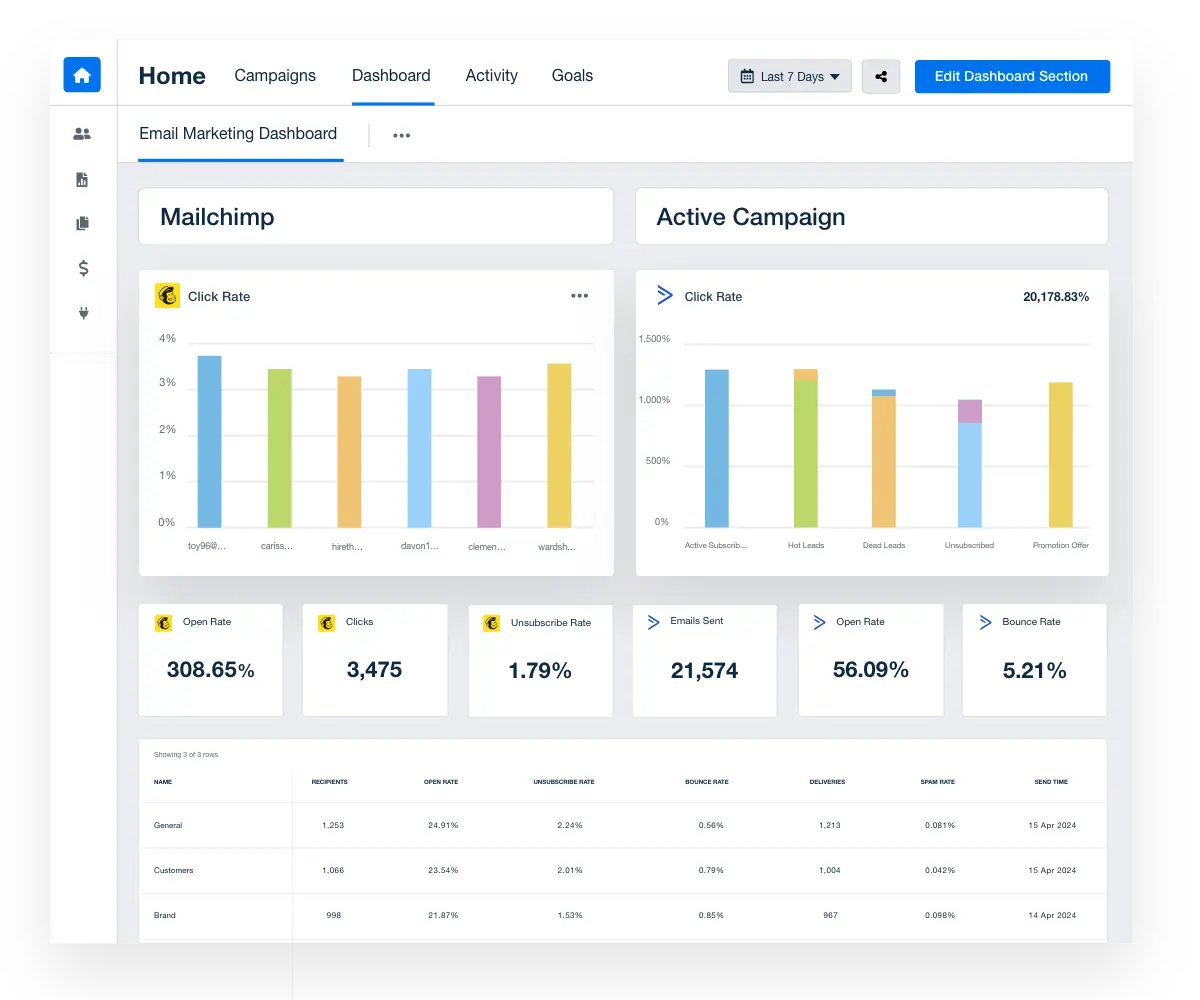When tracking conversions from paid traffic, timing matters. Not every user converts immediately after clicking an ad—some take hours or even days. That’s where the conversion window comes into play. It defines how long a platform will attribute a conversion to an ad after the click or view. In this article, you’ll learn what a conversion window is, how it works, and how to use it to analyze performance more accurately.
What Is a Conversion Window?
A conversion window is the period of time during which an ad platform will track and attribute a conversion back to a specific ad interaction. If a user clicks or views your ad and completes a desired action (like making a purchase) within that window, the conversion is counted.
Example: If your conversion window is 7 days, and a user clicks your ad today but buys on day 5, that conversion is attributed to your campaign.
Types of Conversion Windows
1. Click-Through Conversion Window (CTC)
Measures conversions after someone clicks your ad. Common options:
- 1 day
- 7 days
- 30 days
2. View-Through Conversion Window (VTC)
Measures conversions after someone views (but doesn’t click) your ad. Usually shorter, like:
- 1 day
- 3 days
These are useful for display and video ads where interaction is more passive.
Default Conversion Windows by Platform
| Platform | Default Click-Through Window | View-Through Window |
|---|---|---|
| Meta Ads | 7-day click | 1-day view |
| Google Ads | 30-day click | 1-day view (Display) |
| TikTok Ads | 7-day click | 1-day view |
| LinkedIn Ads | 30-day click | 7-day view |
You can customize these based on your business model.
Why Conversion Windows Matter
- Affects attribution data: Short windows may underreport results
- Influences campaign decisions: Determines when you scale or pause
- Impacts optimization: Platform algorithms use conversion data to improve delivery
- Clarifies buyer behavior: Helps you understand your sales cycle
How to Choose the Right Conversion Window
Short windows (1–3 days):
- Best for low-cost or impulse products
- Fast decision-making funnels
- High-frequency campaigns
Longer windows (7–30 days):
- Better for high-ticket offers
- Complex B2B or service sales
- Longer consideration cycles
Test multiple windows and compare attribution overlap.
Final Thoughts: Timing Is Tracking
Choosing the right conversion window isn’t just a technical setting—it defines how you see success. If you choose a window that’s too short, you might kill a good campaign too early. Too long, and you may give credit to the wrong touchpoints. Track behavior, test timelines, and set windows that reflect your true sales cycle.
